The Trojan Horse of the Pandemic
The Trojan Horse of the Pandemic
Genomics, Nanotechnology, and the Transhumanistic Agenda
Since its onset, the origins of the pandemic have been a subject of ongoing debate, ranging from the initial narrative of a natural zoonotic transfer to humans to speculations involving a viral bioweapon and potential laboratory leaks. Initial reports in late 2019 suggested an epidemic caused by a zoonotic virus spreading from Wuhan, China, with the belief that it originated from an animal reservoir at a live-animal market. However, there continues to be speculation about alternative sources of blame for the pandemic's origins, and responsibility has been attributed to various sources.
In March 2020, the US Department of State called upon the Chinese ambassador to express dissatisfaction with remarks made by a Chinese spokesperson. The spokesperson had suggested that the virus was introduced to Wuhan by the US military, purportedly as a bioweapon. Following this, a US senator proposed that the virus resulted from a mishandled Chinese bioweapons program. Palestinian media asserted that SARS-CoV-2 was a biological weapon employed by the US and Israel against China and Iran. Concurrently, some US officials suspected that the virus originated from a Wuhan laboratory engaged in legitimate viral research, citing previous safety concerns at the facility.

Details regarding the alleged virus origins and global-scale treatment information were disseminated from various sources. The general public has been largely captivated by the seemingly contrived, fear-inducing, and propagandistic ladened headlines.
Scientists (many who were amplifiers and influencers for the United Nations (UN) like Team Halo and other pro-vaccine demand groups) pushed the theory of a natural origin of the virus and promoted hospital protocols such as the use of Remdesivir and ventilators. They also pushed mass vaccination campaigns on a global scale. They were initially the prevailing experts and champions of the pandemic and vaccination campaigns (as seen in Dr. Katherine Wallace’s video from her Team Halo endeavors).
The UN led initiatives like Team Halo in partnership with multiple agencies led individuals to maintain a six-foot distance, wear numerous masks on their faces, suffocate tiny babies and kids with masks for extended periods, use large plastic bubbles to ward off potential bat germs, and instilled so much fear that it caused family rifts. It also left people feeling isolated, particularly individuals like grandparents in already somber nursing homes, fostering a constant state of anxiety and despair. Would the masses have accepted the emergency use authorization (EUA) approved protocols, treatments, and vaccine campaigns otherwise?
Additionally, there emerged a cohort of influential individuals who appeared suddenly to present an opposing perspective to the idea of a natural viral origin and the endorsement of hospital protocols and vaccines. A number of these individuals gained significant fame by embarking on speaking tours and mass interviews, challenging the prevailing narrative, and marketing their own protocols, treatments, and supplements. Each opposing influencer crafted their own unique individual theories regarding the virus's origin and the factors contributing to the illness. We were told it was spike proteins on the virus, HIV inserts on the virus, snake venom in the water, snake venom on the virus, and various other alternative theories that further fueled fear, angst, and serious confusion. Critical thinking for many in the public went out the window and they were willing to pay these "experts” exorbitant amounts of money for products and protocols they were endorsing.
With the multitude of conflicting theories, groups, and narratives, discerning truth from reality over the last three years has proven challenging. The conflict between supporters of vaccines and those in the alternative "anti-vaxx" camps, along with internal disagreements within each group, has also left the general public baffled. Was this by design? I can’t presume to know anyone else’s motives or intentions. However, I can assert that neither narrative has felt convincing, appeared consistently scientifically sound (given the frequently changing scientific landscape), and those in authority have not actively silenced individuals on both sides of this matter as vigorously as they have with other scientists, doctors, or advocates, such as Brandy Vaughan and Kary Mullis, both of whom died under suspicious circumstances at the onset of the pandemic. One must ask why these two competing groups have been allowed to be so vocal and thrust into the limelight?
One of the widely known theories within the "anti-vaxxer" community revolves around the controversial gain-of-function narrative. Dr. David Martin stands out as a prominent advocate of this theory, seemingly emerging abruptly as a leading expert on COVID-19. His participation in hearings, public speaking engagements, and apparent comprehensive knowledge raise questions about the credibility of his claims. Upon closer examination of the information he disseminates, along with his affiliations and associations, the question arises: can we genuinely place trust in Dr. Martin and his narrative, or is there a possibility of an underlying agenda leading us away from the actual truth? As per information gathered from a Reddit discussion, there are suggestions that Dr. David Martin could potentially be operating as controlled opposition. Another in-depth analysis on a substack titled, David Martin, Judeo-Masonic Agent, explores reasons supporting this viewpoint. The discussion highlights the importance of scrutinizing various individuals involved in this phenomenon, indicating a need for careful examination of their roles and motivations.
The latest startling theory suggests that COVID vaccines contain SV40 and DNA fragments believed to be linked to cancer. This new theory raises multiple concerns. Kevin McKernan's account of obtaining vaccine vials for analysis appears not only ethically questionable, as it doesn't seem to be an approved study, a significant factor in the scientific community, but also raises legal questions. If McKernan indeed acquired vials of vaccines not available over the counter from an unknown source, why hasn't he faced legal inquiry or consequences for his actions? Moreover, why hasn't the individual who supposedly provided McKernan with the vials been scrutinized for their role? Other healthcare professionals have faced legal repercussions, including jail time and fines, for mishandling vaccines. The perceived shielding of McKernan, particularly considering his association with The Human Genome Project at MIT (an institution with historical ties to questionable Central Intelligence Agency (CIA) projects like MK Ultra and the subproject MK Naomi), prompts inquiries into the possibility of preferential treatment and his intentions of suddenly providing a new mainstream narrative to the arena.
The Human Genome Project (HGP) was a global scientific research initiative aimed at deciphering the base pairs constituting human DNA and identifying, mapping, and sequencing all genes of the human genome from both a physical and functional perspective. Initiated in 1990, the project reached completion in 2003, standing as the world's most extensive collaborative biological undertaking. The planning for the project commenced after its adoption by the US government in 1984 (yikes), officially launching in 1990.
The initiation of the HGP was led by the American geneticist Francis Collins, receiving support from the U.S. Department Of Energy (DOE) and the National Institute of Health (NIH). Yes. This guy.
The NIH asserts that the HGP is “The most important biomedical undertaking of the 20th Century”. Why is it "the most important biomedical undertaking”? The project deviated from typical biomedical research as the researchers were motivated by a curiosity to explore an undiscovered aspect of the biological realm, rather than initially developing a theory or hypothesis. So it is basically reverse engineering our very fabric of what makes us all who we are and gave scientists the ability to predict future possible illnesses using genetic data. What could possibly go wrong with that?
The NIH and Department of Energy (DOE) jointly created a 5-year strategic plan outlining the goals and implementation strategies of this project.
The ethical considerations from the strategic plan were discussed and were worrisome at best. Advances in medicine, biological research, and biotechnology?
At this point, I diverge from the diverse mainstream narratives regarding COVID-19 and embark on a journey of critical thinking to explore what genuinely transpired to bring us to our current state and where we are potentially headed. This approach involves delving deep into the unknown, adopting a rabbit hole methodology to construct a hypothesis involving links between the public-private institutions, studies on genomics, brain-mapping, nanotechnologies, and the 2045 Initiative.
The initiation of the HGP appeared to trigger a multitude of fascinating occurrences. An independent project was undertaken by the Celera Corporation, also known as Celera Genomics, which was officially initiated in 1998 and ran concurrently with the government-led effort. Celera, a subsidiary of Quest Diagnostics, specializes in genetic sequencing and related technologies. Established in 1998 as a business unit of Applera, it became an independent company in 2008 before being acquired by Quest Diagnostics in 2011. Celera conducted the sequencing of the human genome at a considerably lower cost compared to the publicly-funded HGP, utilizing around $300 million in private funding as opposed to the approximately $3 billion in taxpayer dollars. However, a substantial portion of the human genome had already been sequenced by the time Celera entered the field. Consequently, Celera did not bear costs for acquiring existing data, as it was openly accessible to the public through GenBank. Celera's approach, employing shotgun sequencing, prompted the public HGP to intensify its efforts and expedite its projected timeline from 2005 to 2003.
Interestingly, the acquisition of Celera by Quest Diagnostics poses another line of inquiry for several reasons including the fact that the Chairman, President, and Chief Executive Officer, Steve Rusckowski, is on the World Economic Forum (WEF) roster (which seems to be a common link with agents vested in the COVID-19 response).
Especially since Quest Diagnostic acquired several other companies connected to the current diagnostic oversight during the COVID-19 pandemic.
In 1999, Mihail C. Roco introduced the National Nanotechnology Initiative (NNI) during a presentation to the White House under the Clinton administration. The NNI was formally initiated in 2000, coinciding with the ongoing Human Genome Project (which Clinton was also involved in), and secured funding for the first time in 2001. President Bill Clinton championed the advancement of nanotechnology. In a speech at the California Institute of Technology on January 21, 2000, Clinton emphasized that while certain research objectives might require twenty years (which is rather odd given the COVID-19 pandemic took place exactly twenty years later), it underscores the crucial role of the federal government in such endeavors.
In his speech Clinton refers to the public-private partnerships. In his blog, Iain Davis defines the Global Public-Private Partnership (G3P) as a global alliance of stakeholder capitalists and their associates, encompassing entities such as global corporations (including central banks), philanthropic foundations led by multi-billionaire philanthropists, policy think tanks, governments and their agencies, non-governmental organizations, selected academic and scientific institutions, global charities, labor unions, and other influential "thought leaders." This collective wields control over global finance and the world's economy, shaping international, national, and local policies through global governance. The G3P utilizes mainstream media corporations, which are also part of the partnership, to promote and disseminate these policies. Frequently, think tanks devise these policies before governments, also G3P partners, adopt and implement them, turning global governance into concrete policies, legislation, and laws through the governmental process.
Why are all these public-private stakeholders so vested in these endeavors?

President George W. Bush augmented funding for nanotechnology, as evidenced by his signing of the 21st Century Nanotechnology Research and Development Act into law on December 3, 2003.
This legislation, designated as Pub. L. 108–153, authorized expenditures for five participating agencies amounting to $3.63 billion over a four-year period. It is crucial to note that this law serves as an authorization rather than an appropriation, and subsequent funding for these five agencies did not meet the targets outlined in the 2003 Act. However, numerous agencies involved in the Initiative were not covered by this Act, and the requested budgets under the Initiative for all participating agencies from Fiscal Years 2006 to 2015 surpassed $1 billion each.
The Institute for Soldier Nanotechnologies (ISN), was established in March 2002 through a $50 million grant from the U.S. Army, is a collaborative research effort between the United States Army and the Massachusetts Institute of Technology. Combining basic and applied research, the ISN aims to pioneer a broad range of innovations in nanoscience and nanotechnology. Key industrial partners include Dow Corning, Triton Systems, Dendritic Nanotechnologies, Inc., Nomadics, Inc., Carbon Nanotechnologies, Inc., and W.L. Gore and Associates, with DuPont, Raytheon, and Partners Healthcare as founding industrial partners. These companies collaborate closely with the ISN, the Army Natick Soldier Center, and the Army Research Laboratory to advance scientific developments into field-ready products.
There were also many other partnerships with public-private members who played an integral role in the response to the COVID-19 response, which is a little too coincidental in my humble opinion.
During the opening ceremonies of the ISN, showcased research included studies fluids that undergo stiffening in response to a magnet, intended for application in a dynamic armor system. Additionally, there were investigations into the synthesis and processing of polymers designed to mimic the accordion-like opening and shutting when exposed to an electric field, with potential applications as artificial muscles or automatic tourniquets. Researchers at ISN have garnered fundamental understanding of the structure and characteristics of nanomaterials, offering direct insights for engineering and materials research. This focus extends to exploring the unique properties of nano-sized materials and the synergistic effects achieved through hierarchical materials design. What does that mean? Could this be where all these initiatives and projects are leading?
Certainly feels that way. In 2010, the NNI introduced the Nanotechnology Signature Initiatives (NSIs), with the goal of coordinating the efforts of various government agencies (again many were extremely vested in COVID-19 and the response) toward areas deemed high-priority for “society”. Initially, three NSIs were launched, targeting the development of solar cells, modern electronic systems and architectures, and large-scale, cost-effective production of nanomaterials. Two additional NSIs were introduced in 2012: one concentrating on the establishment of a community-based knowledge infrastructure for nanomaterials development, and another focusing on the creation of sensors with high sensitivity and portability.
The Obama administration introduced the White House BRAIN Initiative (Brain Research through Advancing Innovative Neurotechnologies) on April 2, 2014. This collaborative public-private research initiative aims to support the development and application of innovative technologies for a comprehensive understanding of brain function. It serves as a Grand Challenge, seeking to revolutionize our knowledge of the human brain, and is part of the broader White House Neuroscience Initiative, inspired by the Human Genome Project.
The BRAIN Initiative is designed to aid researchers in unraveling the mysteries of brain disorders, including Alzheimer's and Parkinson's diseases, depression, and traumatic brain injury (TBI). Participants in BRAIN and affiliated entities include DARPA and IARPA, along with various private companies, universities, and organizations in the United States, Australia, Canada, and Denmark.
Again, the same partners who are deeply involved with the COVID pandemic response are again linked with this specific endeavor. I don’t think that is a coincidence.
“Dripping with scientific glory?”
At first glance, these global public-private partnerships focusing on mapping the human genome and brain may appear philanthropic, driven by the desire to address healthcare issues. However, upon closer examination, the true motivations become less clear. What are the “private sectors” funding the Brain 2025 Initiative in the United States (that has also greatly been funded through the NIH by US taxpayer money)?
The Global Brain Initiative brings together the work of stakeholders into a collaborative global collective with a goal of uncovering the secrets of the human mind. The public-private partnerships also include over 75 stakeholders like John Hopkins University, Rockefeller University and other notable academic centers, the United Nations, The European Union, and many others.
In 2018, Hewlett Packard Enterprise (HPE) announced that the Blue Brain Project of the École Polytechnique Fédérale de Lausanne (EPFL), a Swiss brain research initiative and a partner in the Global Brain Initiative, had chosen HPE to construct a next-generation supercomputer. This supercomputer, named Blue Brain 5, is specifically designed for modeling and simulating the mammalian brain. Its primary focus is on simulation neuroscience, involving research, analysis, and visualization to enhance our comprehension of the brain. The supercomputer is dedicated to digitally reconstructing and simulating the mammalian brain, contributing to the advancement of our understanding of this complex organ.
The collaborations between MIT and other academic scientists, the military complex, governments, and global public-private sectors in diverse projects such as those related to the human genome, nanotechnologies, and brain mapping prompt the question: "Do any of us have a genuine understanding of what is happening behind the facade of what is presented or communicated to us?" I can't shake the feeling that there might be a deliberate effort to mislead and confuse the public, preventing us from fully comprehending the magnitude of the situation or potentially hindering any action to address it.
Upon examining the affiliations with numerous public-private organizations and their endeavors involving technologies geared toward attempting to achieve god-like powers and eternal life, it seems undeniable that we have been and continue to be deceived on multiple fronts on a vast, global scale.
The primary scientific mega-project of the 2045 Initiative seeks to develop technologies that facilitate the transfer of an individual's personality to a more advanced, non-biological vessel, with the ultimate goal of extending life, potentially reaching the point of immortality.
Martine Rothblatt, the creator of Sirius radio, is actively involved in initiatives aiming to transfer an individual's consciousness into a digital brain file, which is then uploaded into an avatar. Similar projects of this nature are underway on a global scale.
There are also multiple projects like DARPA’s Silent Talk initiative, which utilizes decoding brain signals to enable speechless soldier communication on the battlefield. The ElectRx program seeks to facilitate self-healing (with the use of nanotechnologies) in the human body by employing neuromodulation to regulate organ functions. This involves using ultraminiaturized devices, roughly the size of individual nerve fibers, that can be administered through minimally invasive injections. And the BRainSTORMS project where nanoparticles will interface between brain activity and computers.
The projects surrounding these investigations seem boundless and involve collaborations within the same network of public-private partnerships with dubious intentions. It appears that no one, to my knowledge, is actively endorsing these technologies through voting, and many might not even be aware of them. Could COVID-19 and the myriad mainstream theories and propaganda campaigns surrounding it be a Trojan horse to introduce this extensive global web dedicated to advancing and ushering in such technologies? Are we unwitting participants in an experiment designed to propel and introduce these advancements? My instincts strongly affirm this possibility, but trusting global governments, whether elected or not, to handle these technologies responsibly is a significant concern.
Source: Bodhisattvas Betty



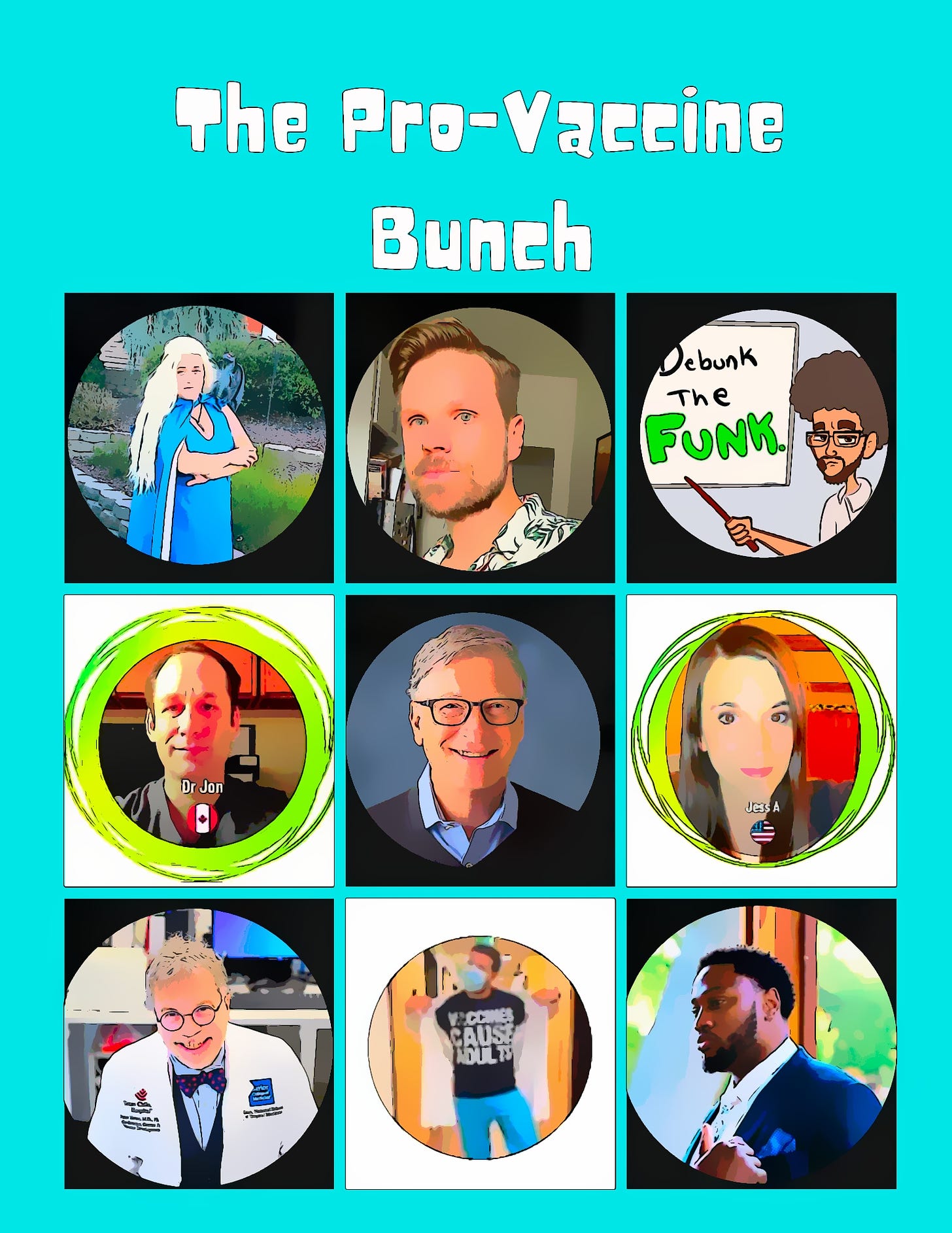
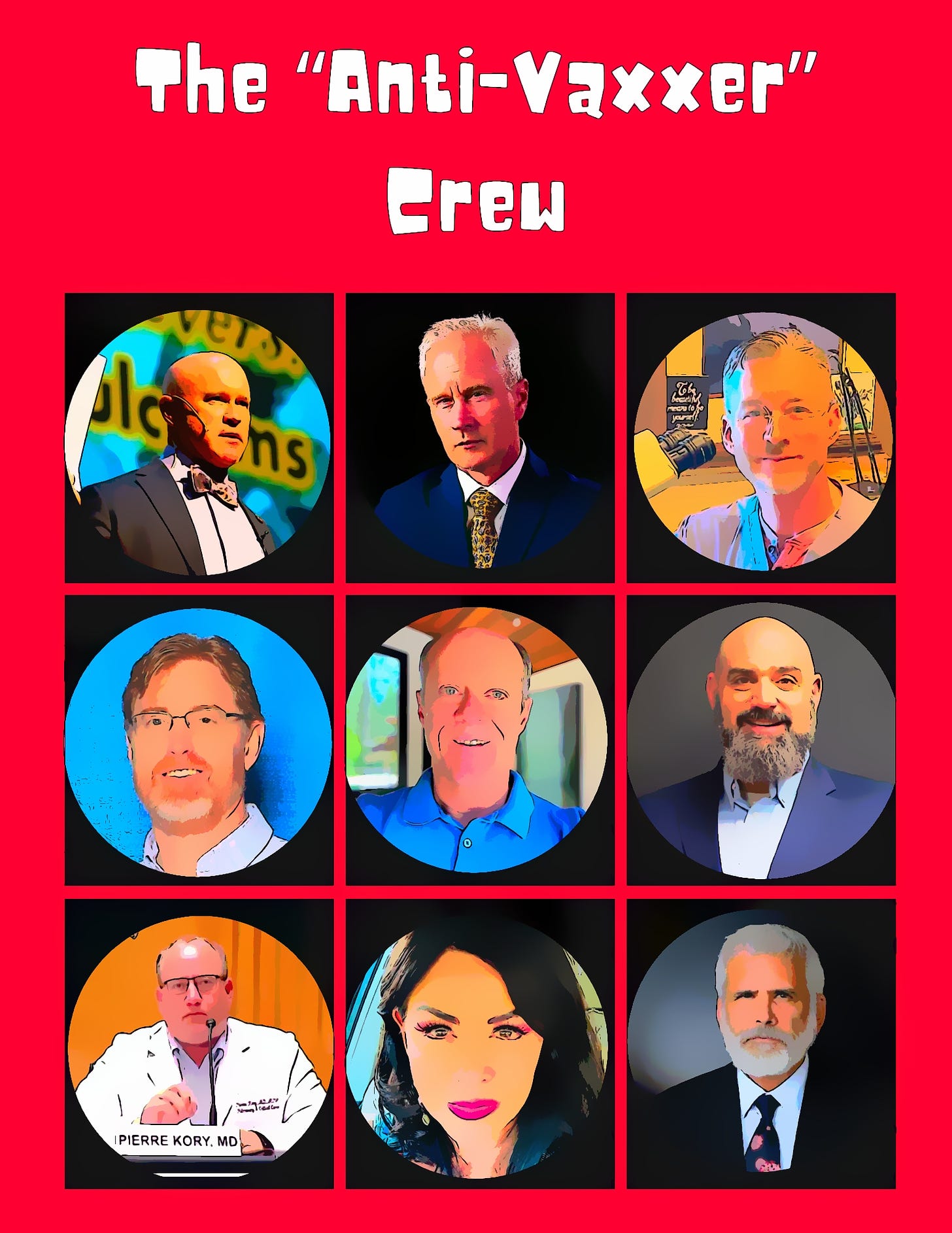


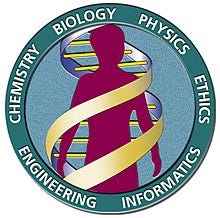

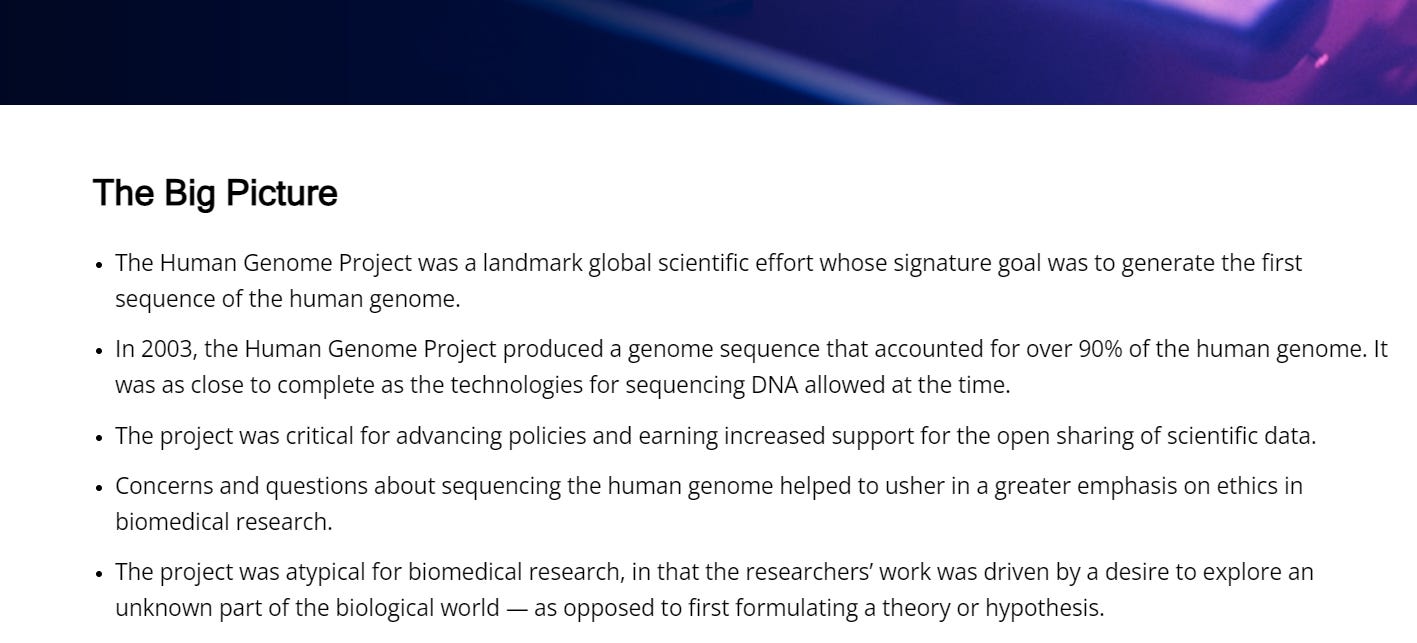
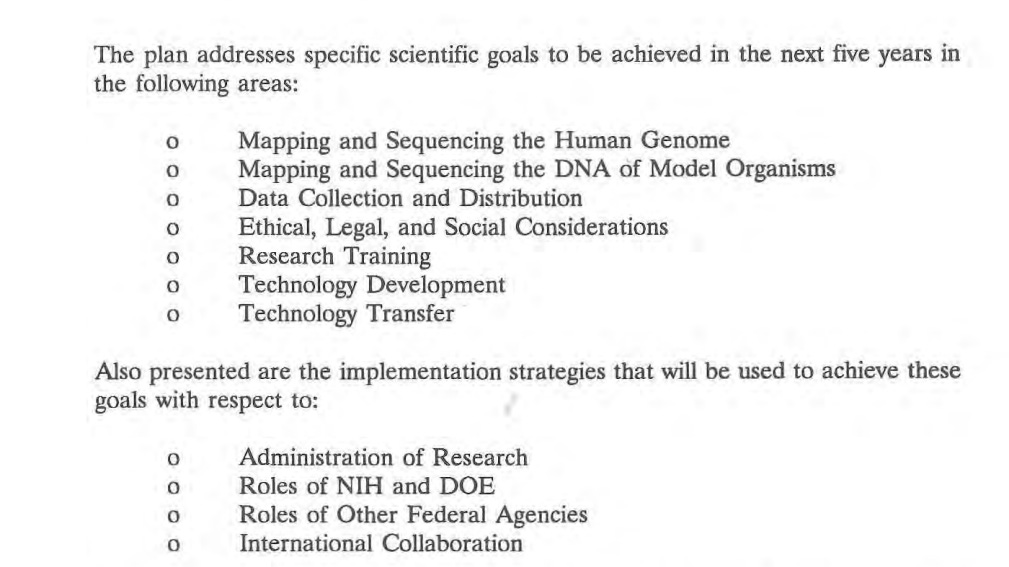
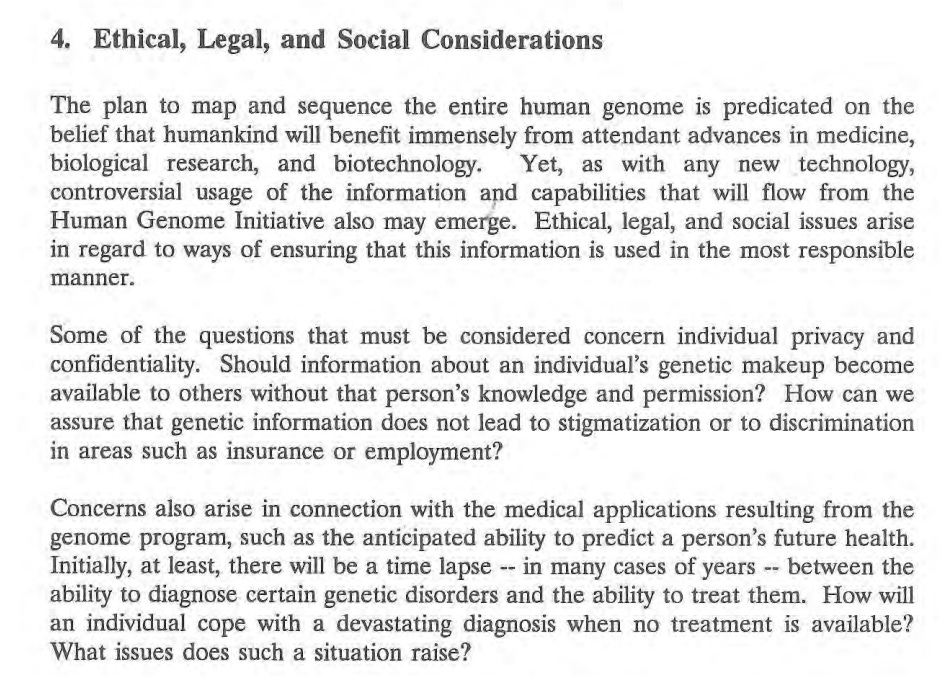

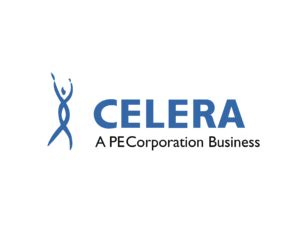
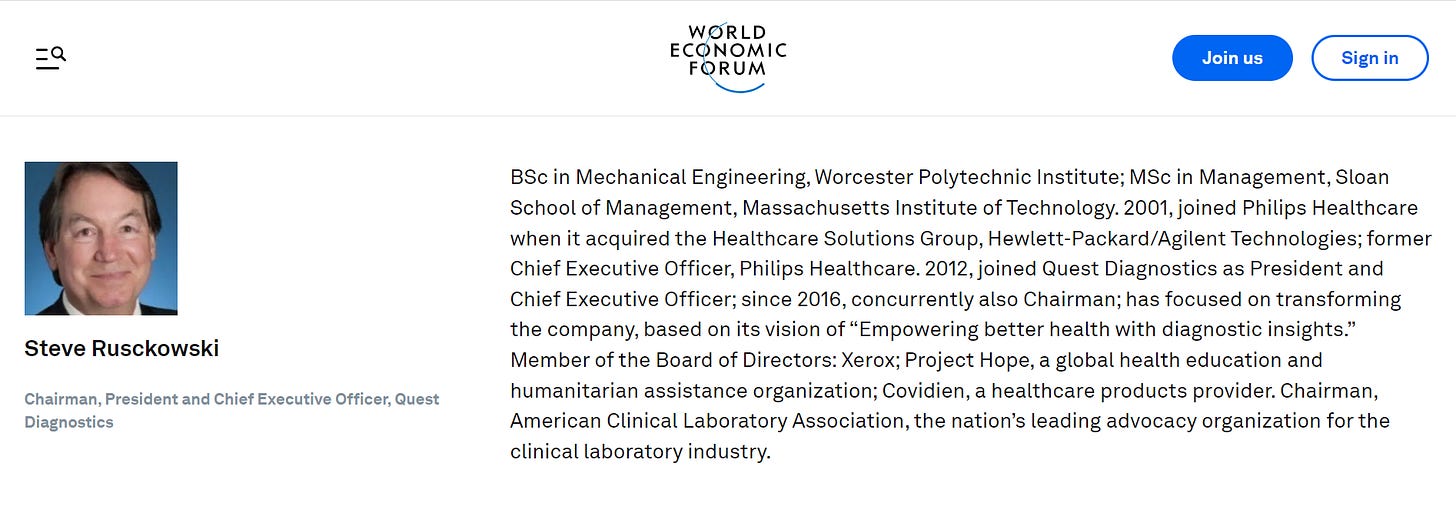
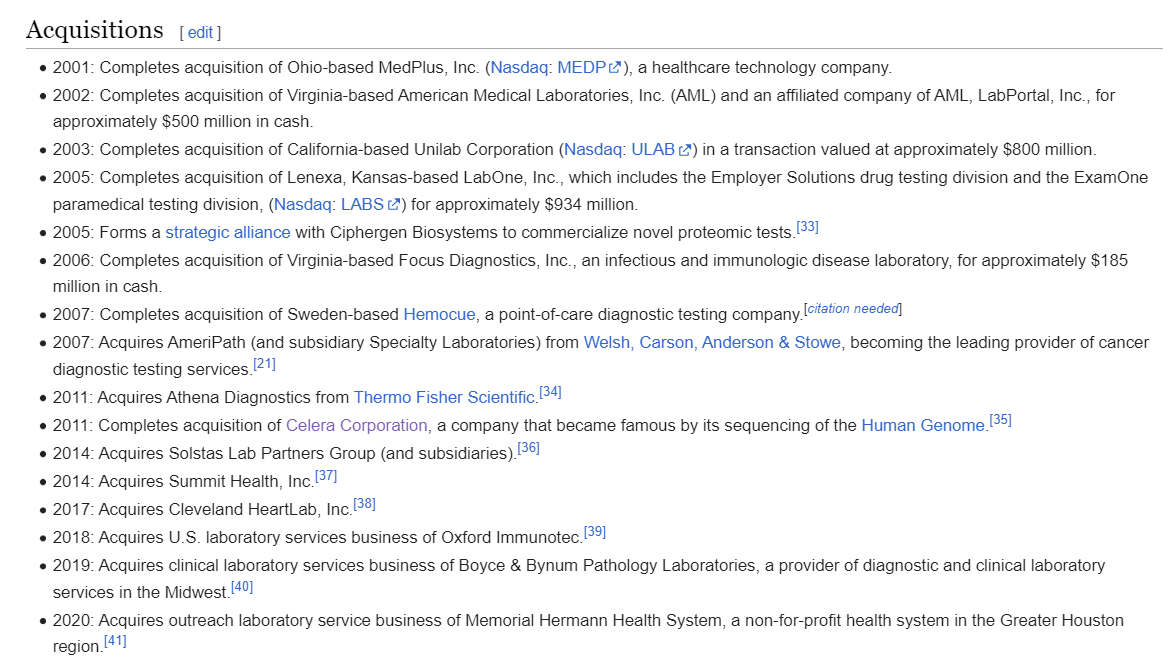
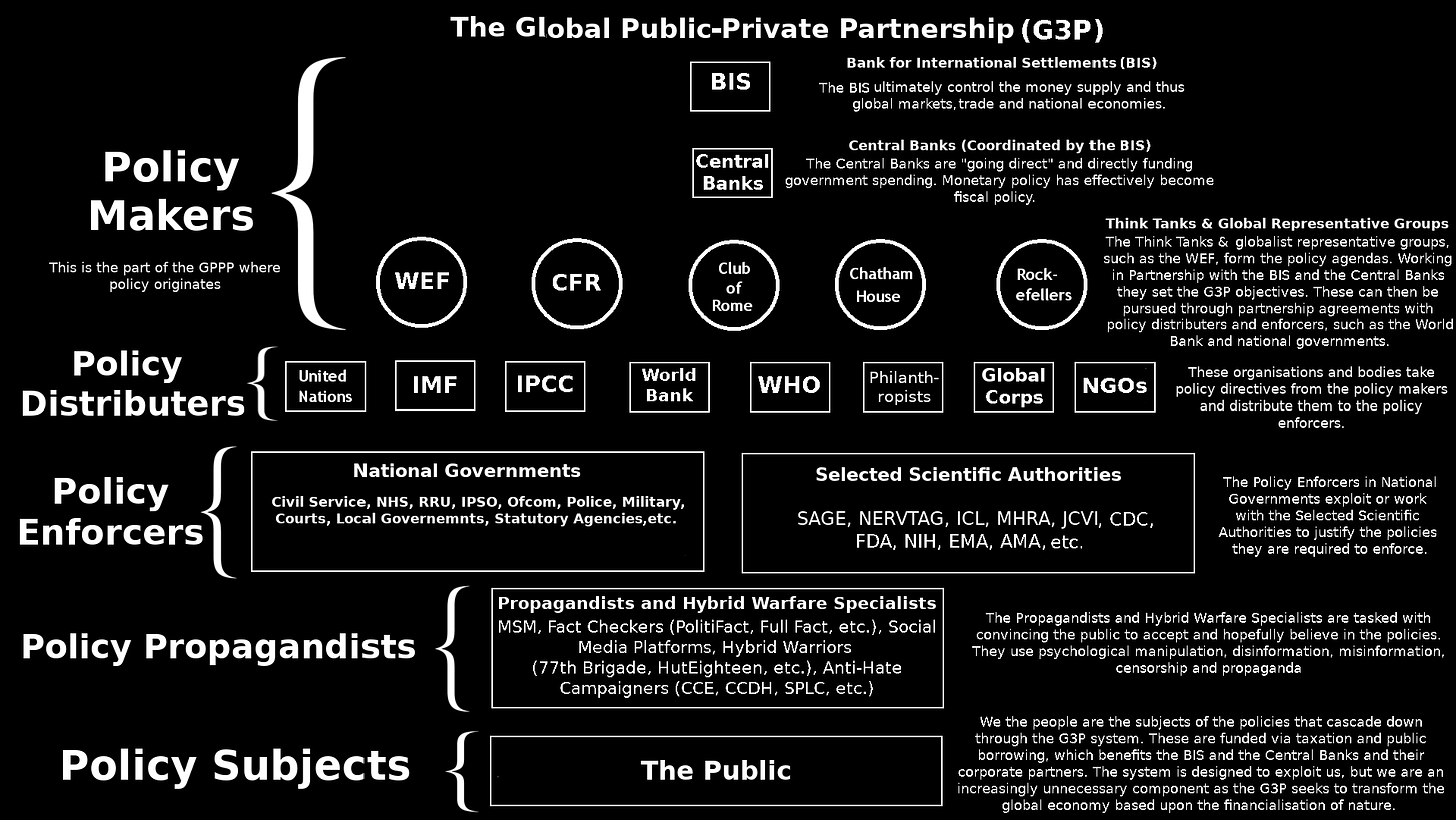
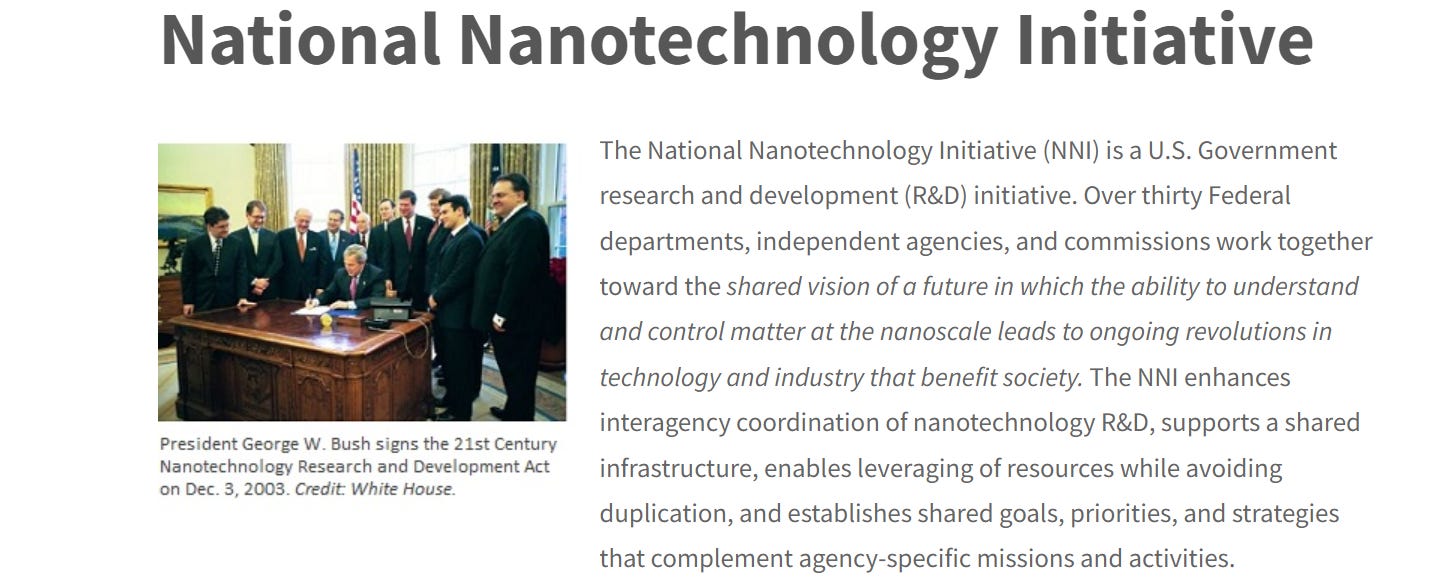

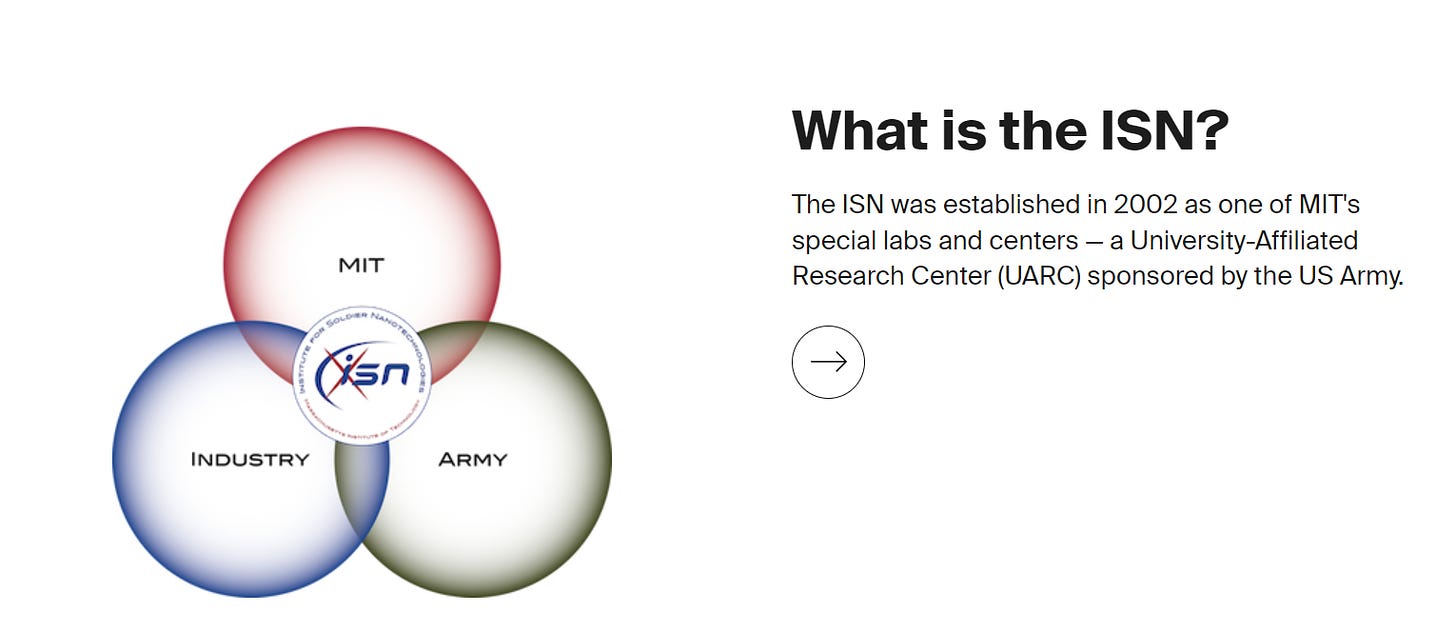
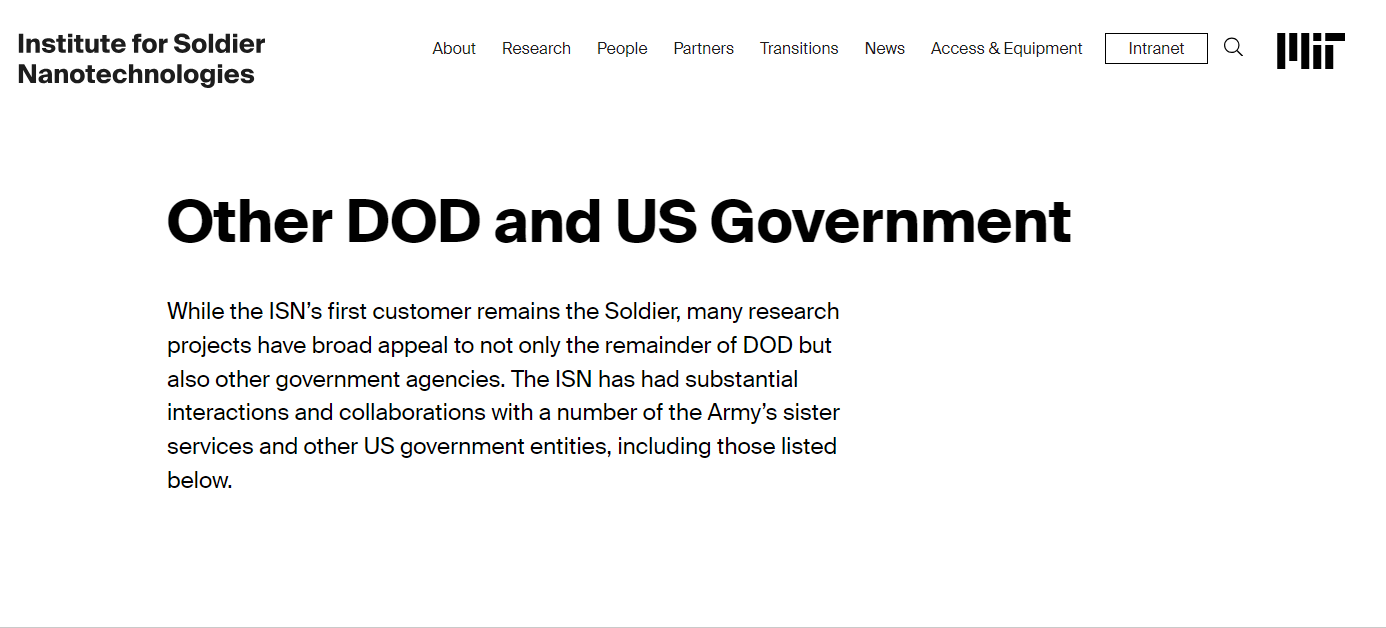


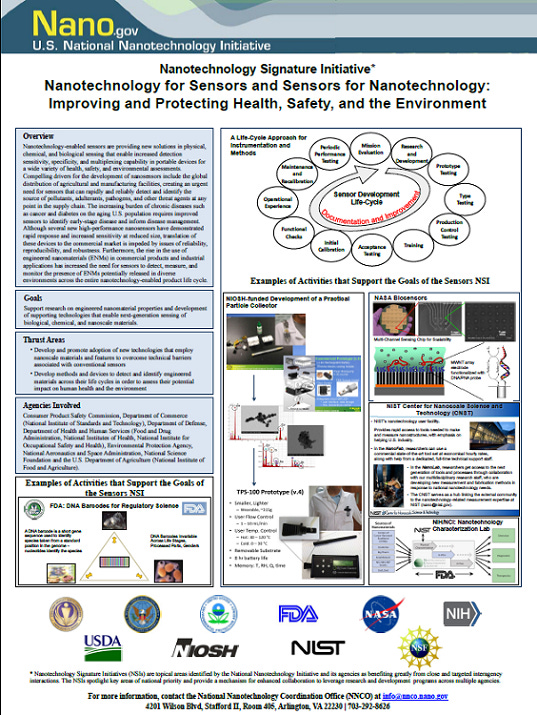

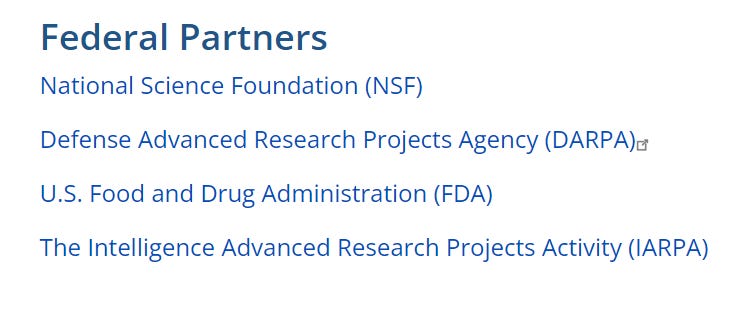
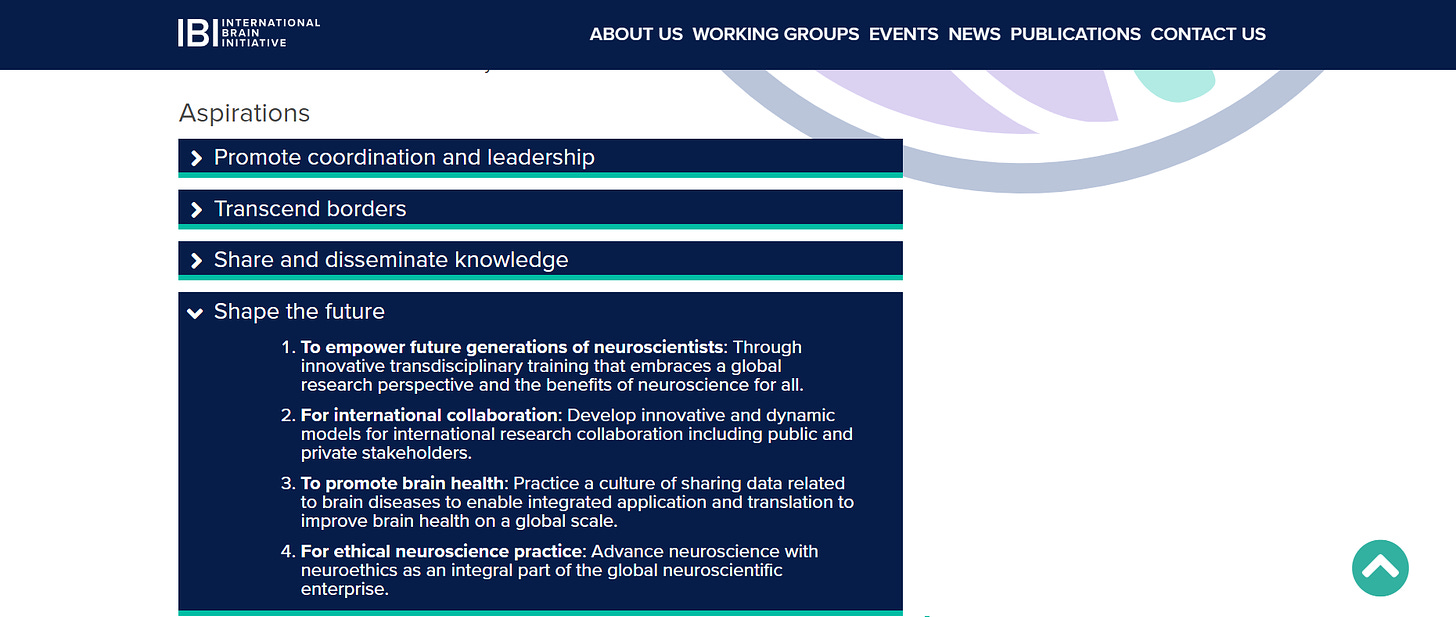
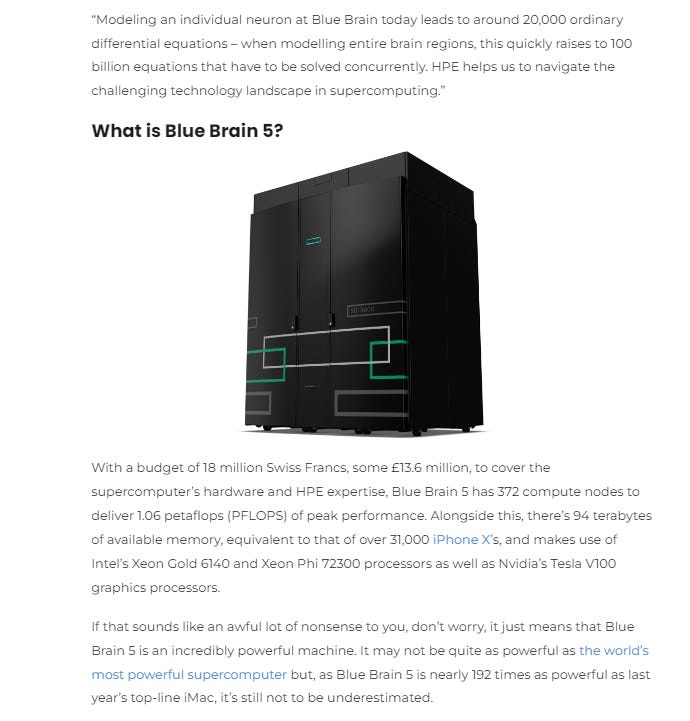

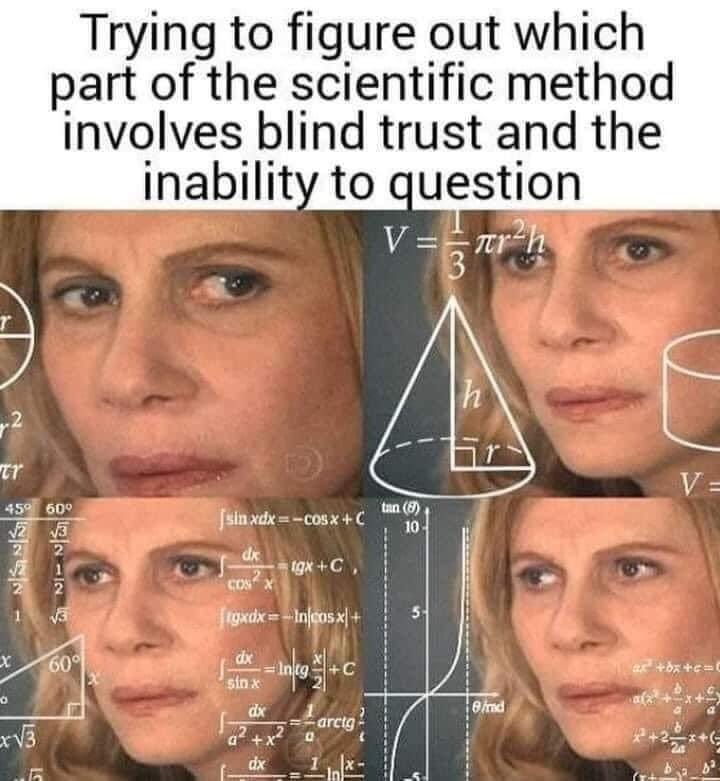


Comments
Post a Comment